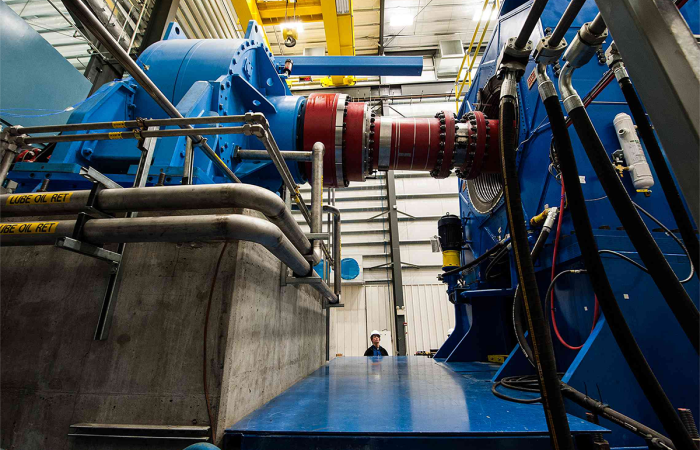Researchers at Oak Ridge National Laboratory have identified a key need for future hydropower innovations – full-scale testing – to better inform developers and operators before making major investments.
In a new report, ORNL outlines the benefits of establishing a network of national hydropower testing facilities to demonstrate new clean energy technologies and encourage early adoption.
To meet the growing demand for sustainable and renewable energy, existing hydropower facilities are investing in more flexible powertrains, expanding storage capabilities and improving their environmental footprint. New small hydropower development, such as retrofits of nonpowered dams, also aims to reduce costs through advanced manufacturing methods and innovative designs. These new technologies must be proven to first adopters, and testing at relevant scale is a critical step.
“Accessible testing would encourage operators to deploy water power technologies and fuel new research,” said ORNL’s Mirko Musa. “A national testing facility can provide validation or a safe place to fail, accelerating innovation and adoption.” — Mimi McHale







